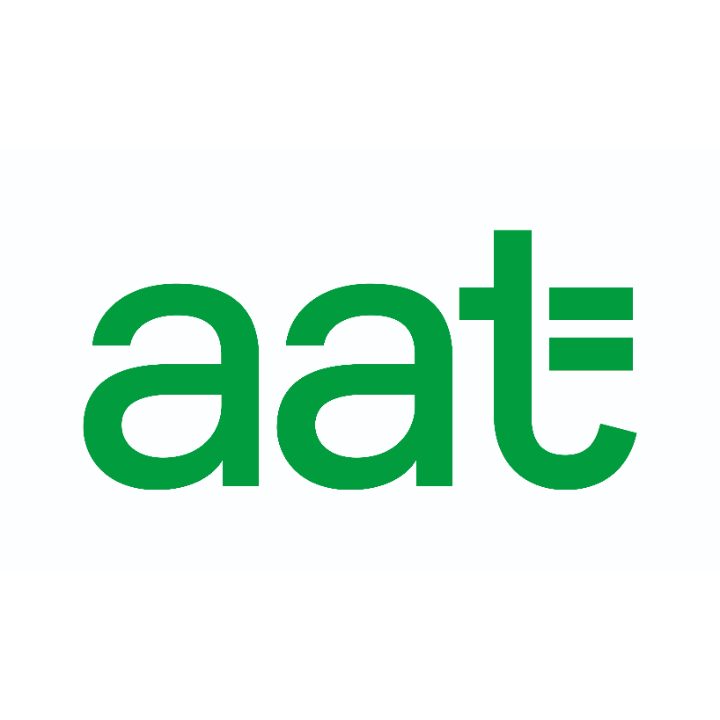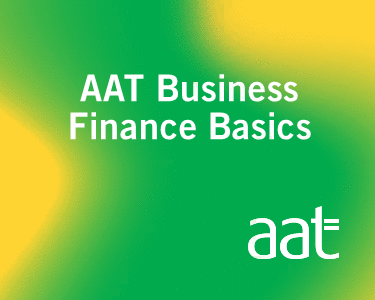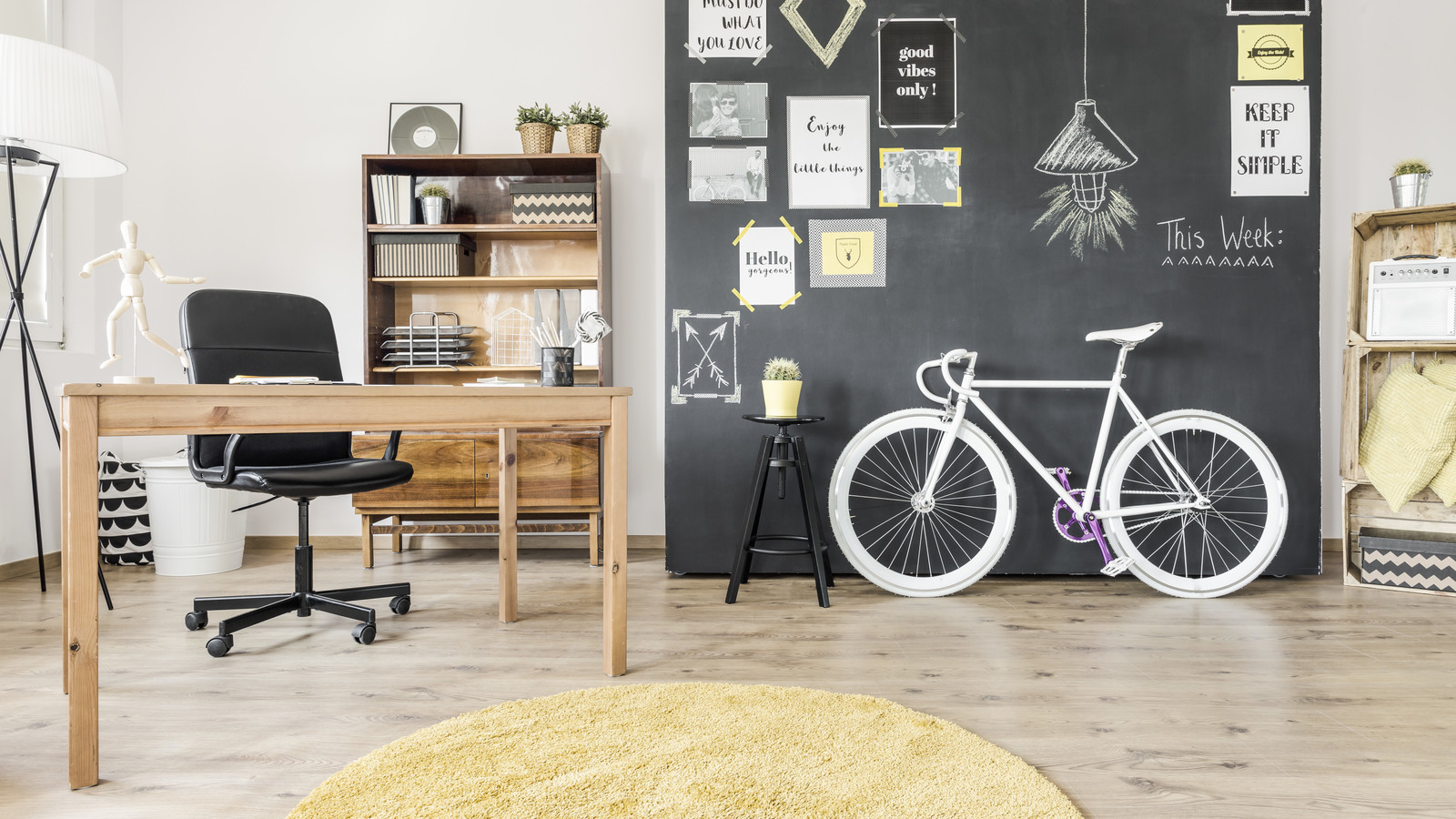
Environment
While this is a sector where innovation is rife, there’s still ample opportunity to contribute. If you’re not in a position to invent materials and techniques that replace plastic or solve world food shortages, you can still start a business where the environment drives your business values and offering.
From a trends perspective, there’s even more focus on moving away from fossil fuels following the recent situation with Russian oil and gas. Prioritising our renewable energy supply to meet our energy demand – while simultaneously improving our energy efficiency – is a priority. Can you start your business ideation process with this context in mind, but focus on a specific area where you could make your mark e.g. ways to improve home insulation?
Sustainability
Again, another eco-focused business route that depends on innovation to make change.
Deloitte has been conducting a survey into consumer attitudes and behaviours around sustainability since early March 2020, before the worst of the COVID-19 pandemic. Over this time, research indicates that consumers are making conscious decisions with sustainability and the environment in mind. However, more needs to be done to give consumers greater access to information, as well as better affordability of sustainable options.
In March 2021, results showed that while consumers adopted more sustainable lifestyles during the pandemic e.g. shopping more locally and/or more seasonally, this was due more to the impact of COVID-19 rather than a conscious choice to adopt a more sustainable lifestyle. In 2022, research indicates that the impact of inflation and supply chain disruptions has led to fewer choices for consumers, who are finding more innovative ways to spend less e.g. adopting a more sustainable lifestyle and selecting items that are more durable or that can be reused or repaired easily.
Considering these findings and the need to provide better access to information, could you factor this into your next business idea?
Click on the dropdowns below to look at some examples:
-
Lifestraw
LifeStraw addresses access to safe water with its small and inexpensive microfiltration device that protects against bacteria, parasites, microplastics, dirt, sand and cloudiness. The business strives to create products from sustainable materials that offer healthy alternatives to more wasteful options, such as single-use plastics. LifeStraw is a Climate Neutral Certified Brand, which also creates sustainable packaging that avoids the use of plastic and maximises recyclability and compostability. The brand lives by its values and goes that step further every time – for example, for every LifeStraw purchased, the company also provides safe water to one school child for one school year.
-
Buy the Weigh
Buy the Weigh is a village shop in Ticehurst, East Sussex, that supplies products that meet their criteria such as sustainability, E number free, local, organic, ethically sourced (the list goes on!). The family-run business also stocks plastic-free alternatives such as wooden sustainable household brushes, bamboo reusable cutlery, bamboo toothbrushes, plastic-free dental floss, mouthwash and toothpaste tablets, beeswax wraps, sanitary products, reusable straws and kilner jars. As a result of its eco-credentials, the shop has won numerous local awards, which will, in turn, help to make it an even more successful business.
-
Zero Waste Company
You’ll also notice a number of shops around the country where you won’t find any plastic clad goods on their shelves, with some – like the Zero Waste Company in Tunbridge Wells – going even further and providing a community space for people to come together for lunch, attend workshops and also shop locally produced gifts and refill cleaning supplies. The business has also recently launched the Ethical Emporium, which is a collective business hub for the local creative community allowing other small independent businesses to showcase their sustainable artisan wares all under one roof. It’s an affordable venture that allows flexible rental space on a weekly basis for a flat fee, with all product sales going to the maker.
-
Refill
Refill is an award-winning campaign, from City to Sea, that connects consumers to places to eat, drink and shop with less waste, putting ‘the power to reduce plastic at your fingertips.’ Anyone can download the free app to tap into a global network of places to reduce, reuse and refill.
Local convenience
As our post-pandemic shopping habits become embedded in our day-to-day lives, British consumers are thinking and buying small when it comes to our communities and local areas. Many workers have continued to work from home, helping small local businesses gather momentum. Research from Deloitte states that 59% of consumers in Britain have bought from local shops and services more regularly in lockdowns. This trend is likely to continue.
With companies such as Deliveroo and Just Eat transforming the way many local restaurants and takeaways deliver to their customers, there are still areas where these companies don’t reach. Is there an opportunity here for you to transform the way your local community – particularly the elderly and vulnerable – receive their local essentials? You could do their shopping/run their errands and deliver direct to their door, in a similar vein to how many lower-risk residents collected and delivered prescriptions to vulnerable people during the pandemic. Is this behaviour a legacy we can establish for the greater good?
The Maker Movement
The maker movement is a cultural trend that places value on an individual’s ability to be a creator of things, as well as a consumer of things. Those who create things in this culture are called ‘makers’, who have diverse skill sets and interests. While they come from all walks of life, their common ground is creativity, an interest in design, and access to tools and raw materials that make production possible. Technology plays a big part in the growth of this movement, as it’s come a long way in offering digital fabrication tools that makers can buy and use from home, or communities can offer free access to via makerspaces. Laser cutters, 3D printers, CAD software, computer numerical control (CNC) milling machines – entrepreneurs are using technology alongside online classes/tutorials to create their own product offerings and selling via popular online marketplaces such as Etsy. Throw in e-commerce platforms such as Shopify (which offers an easy way to quickly launch an online shop without the fuss over servers and development costs that you’d get with self-hosted platforms) and you’ve got the tools you need to literally make your business dream a reality.
For example, Snapmaker is a simple solution to 3D printing, laser engraving, and CNC carving by combining them into one high-quality 3-in-1 3D printer. This technology is intended for the workshopper that’s pushed for space. This is a classic example of why you should regularly revisit technology. What might not have been possible a few years ago, could very much be a viable business idea now. Can you utilise the latest maker movement technology to fill a gap in the market? There’s nothing better than discovering a niche of consumers that aren’t currently catered for on popular marketplaces such as Etsy. The competition is tough but get the right product for the right audience and you’ll be flying.
- Read more: How to start an Etsy shop
Senior-friendly technology
The pandemic changed many older consumers’ minds to the benefits of digital technology – as they had to switch from resistance to reliance almost overnight. Think about how you might create an easy-to-use device for this consumer group, or even simplify existing technologies for them.
Passion and purpose-driven consumers
A record number of employees made drastic personal changes, after the pandemic triggered a reassessment of their values, lifestyles and goals. There are business opportunities in this area from goods to services that could target this new movement. Whether it’s positioning yourself as a consultant to those looking for ideas for a side hustle business, to creating an inspirational event community designed to provide professional inspiration to those looking for a career change.
Immersive 3D Realities
Businesses are becoming increasingly interested in the opportunity to drive ecommerce and virtual product sales in this new digital ecosystem. Is there an opportunity to specialise in this type of future metaverse marketing channel?
Famous business innovations and how they were conceived
Whether it’s a challenge, by accident, TV inspiration, the result of a strategy, a creation out of frustration or just a simple thought – every business starts somewhere. Here are some famous examples:
-
![Polaroid]()
Polaroid Instant Camera
Why do we have to wait for the picture? – The question Edwin Land was asked by his daughter Jennifer while on holiday in 1943. Back then, film had to be taken to a darkroom or a processing lab for development – a scenario that hadn’t been questioned by Land up until this point. Finding he had no good answer for her, Land took this as a challenge, and five years later he had invented the Polaroid Instant Camera.
-
![Slinky]()
The Slinky
Naval engineer Richard Jones was actually trying to invent a device designed to monitor power on naval battleships. The slinky was born when Jones dropped a tension spring on the ground and it kept bouncing from place to place.
-
![Motorola phone]()
The Mobile Phone
Martin Cooper, an American Motorola engineer, took inspiration from Captain Kirk using his communicator in Star Trek, which had fascinated him since he first saw it on TV. Cooper developed the first hand-held phone that could connect over the Bell Labs Advance Mobile Phone System (AMPs). Motorola launched the DynaTAC in 1984, which weighed over a kilogram and was affectionately known as The Brick.
-
![iPod]()
The iPod
The idea for the iPod was born out of Steve Jobs’ digital hub strategy. With computers becoming the ‘digital hub’ for other devices to be plugged into e.g. cameras, camcorders, MP3 players, Jobs tasked programmers at Apple with making software for editing photos, movies and managing digital music. While doing this, they discovered all the early MP3 players weren’t up to scratch. Jobs asked his top hardware guy, Jon Rubenstein, to see if Apple could do it better. After seeing a new 1.8-inch hard drive prototype by one of their suppliers, Toshiba, Rubenstein immediately saw it as the key technology to enable the first iPod.
-
![The computer]()
The Computer
English polymath, Charles Babbage, was employed by the British Royal Society to make astronomical tables for ship navigation. In his time, the term ‘computer’ referred to a person who computed tables of logarithms, which were then compiled into book form. Navigators would use these tables of computations to calculate their position at sea, based on the position of the sun, moon and stars. However, humans were prone to error and one miscalculation could lead to lost lives and cargo. After coming up with the idea of having two ‘computers’ working on the same table at the same time to increase reliability to then compare and check each other’s work, it was an extremely time consuming process, leading to his exclamation: ‘I wish to God these numbers had been computed by steam!” – Babbage was talking about machines doing the calculations, which inspired him to come up with his first computer design, the Difference Engine, which used the mathematical method of finite differences to compute tables.
-
![Fanta]()
Fanta
After Pearl Harbour, Coca-Cola stopped shipping its syrup to Germany as part of the American trade embargo of Nazi Germany. Max Kieth, the chief of Coca-Cola in Germany decided to make another soda flavour to ensure Germany’s thirst for soda stayed intact. Fanta was created as a Coca-Cola substitute in 1940, and soon dominated the German market with three million cans sold in 1943.
-
![Amazon box]()
Amazon
Amazon Founder and Executive Chairman Jeff Bezos claims that the idea for Amazon was born from a simple thought: “I was living and working in New York City. I came across the fact that the world wide web was growing very fast and came up with this simple idea to sell books on the internet. I went to my boss David (Shaw) and told him the idea.” – David Shaw created D.E. Shaw & Co, which went on to become one of the five highest-grossing hedge funds of all time. Shaw told Bezos, “Let’s take a walk” and took him to Central Park, to discuss the then 30-year-old’s startup plan. “Sounds like a good idea but probably a better idea for someone who doesn’t have a good job,” Shaw told Bezos, while stressing on the fact that he would be giving up not just a pivotal role at the firm, but also financial security. Bezos admitted “I went away, thought about this. I was trying to make a decision. I finally figured out that I didn’t want to have regrets,” Then Bezos told himself, “You know when I am 80, I am not going to remember any of this. But if I don’t try, I will definitely regret not having tried. Even if I fail, I would not have any regrets.”
Ways to capture insights
The most successful business ideas don’t just offer good products/services and have strong distribution systems – they have a deep understanding of customers. Here are some ways you can capture insights as part of your business ideation process.
-
Market research
Market research is the process of identifying information about your target industry as well as your target customers. Results from your market research will help steer your new business venture by helping you understand demand, market saturation, market size, economic indicators, location, and pricing. Armed with this information, you can not only tailor your business offering, but its branding and marketing to better engage your customers. This encourages better conversion rates, sales, and revenue.
There are two main types of market research methods: primary and secondary. Primary research entails speaking directly to the source, or direct-to-consumer, and secondary research is the act of gathering data from existing third-party sources. Common market research questions include:
- What do you look for in a brand?
- What are the reasons that drive you to make a purchase?
- What problem were you trying to solve when you purchased from [competitor]?
-
Focus groups
Another way to capture insights is the focus group format – a group interview that capitalises on communication between research participants in order to generate data. One of the benefits to this approach is that it encourages group interaction as opposed to the researcher asking each person to respond to a question. Participants are encouraged to talk to each other, asking questions and commenting on points of view.
-
Naturalistic observation
Sometimes referred to as fieldwork, naturalistic observation is a qualitative research method where you record the behaviours of your research subjects in real-world settings. This way, you avoid interfering with or influencing any variables in a naturalistic observation. It’s pretty much ‘people watching’ with a purpose.
Not just about creating brand new ideas
Innovation doesn’t always have to be about creating a brand new shiny product, service, or solution – refining existing products and ways of doing things is just as important. Just because something’s been in place for a long time, doesn’t mean it’s the best way to do it. Innovation is just as much about challenging the normal, as it is about thinking of the new.
For example, online estate agent Purple Bricks (PB) was the world’s first 24/7 estate agent. Known as a disruptor, it disrupted the established estate agent industry with a different way of doing things. PB only markets your house online, using property portals. The business charges you to sell your house on a fixed fee basis – rather than charging a commission on the actual selling price.
Another well-known disruptor to the ‘normal’ is Deliveroo. Its founder and CEO Will Shu moved to London in 2013 and was amazed that so few of the city’s great restaurants didn’t deliver – making it his personal mission to bring the best local restaurants direct to people’s doors.
Other examples include Uber, Dyson, Netflix – the list goes on and on.
Sometimes it’s looking at things from a new angle.
Why not start with a sector you’re passionate about and start capturing some insights? Find out the problems first, then consider ways to fix them! Don’t forget to look at any existing solutions for these problems (if they exist) – could they be improved, or approached differently?
Alternatively, you could just watch an episode of Star Trek to inspire your next business innovation!
Share this content

Brought to you by:
AAT Business Finance Basics
AAT Business Finance Basics are a series of online e-learning courses covering the core financial skills every business needs. They draw from AAT’s world-leading qualifications and will quickly build your knowledge on key topics including bookkeeping, budgeting and cash flow.
Visit partner's website















